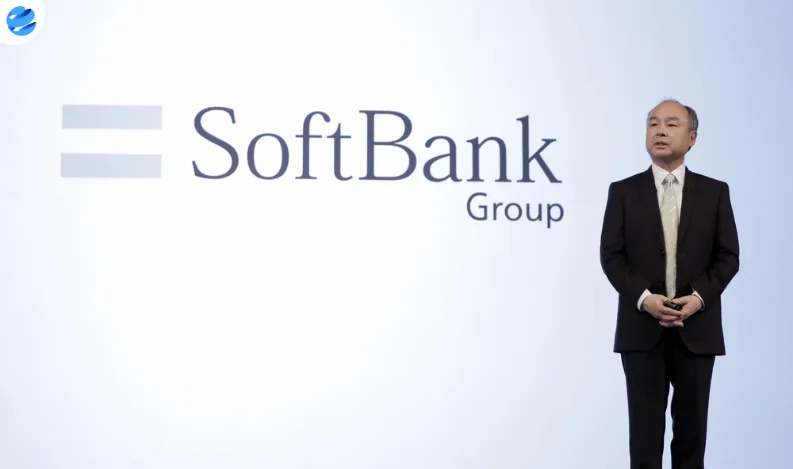China’s economy grew by 5.2% in the second quarter, slightly above expectations and exceeding the government's full-year target of 5%, according to official data released Tuesday by the National Bureau of Statistics.
The result eases pressure on Chinese policymakers to immediately launch new stimulus measures. Analysts had expected growth of around 5.1%, and although the figure was down from 5.4% in the first quarter, it still reflects a stable economic trend amid global uncertainty.
However, not all economic indicators were positive. Retail sales slowed to 4.8% year-on-year in June, compared to 6.4% in May. Catering sales, a key measure of consumer confidence, rose just 0.9%, marking the weakest reading since late 2022.
In contrast, industrial production grew by 6.8%, beating forecasts and signaling strength in China’s manufacturing sector. Meanwhile, fixed asset investment, a key driver of infrastructure and industrial activity, increased by 2.8% in the first half of the year, falling short of expectations.
The real estate sector remained under pressure, with investment falling by 11.2% in the first half, worsening from earlier months. Infrastructure and manufacturing investment also slowed, raising concerns over longer-term recovery.
The urban unemployment rate held steady at 5% in June, down from a recent peak of 5.4% in February.
According to Tianchen Xu, senior economist at the Economist Intelligence Unit, policymakers may hold off on new stimulus packages at the upcoming Politburo meeting in late July. However, if growth slows further, a renewed push could come in September.
Earlier this year, U.S. President Donald Trump raised tariffs on Chinese imports to 145%, prompting Beijing to launch stimulus programs that included export aid, job subsidies, and consumer trade-in incentives. A partial trade truce in May helped ease tensions, with both countries agreeing to roll back many tariffs. Negotiators met again in London in June, and a permanent deal is due by August 12.
Recent stimulus efforts, including interest rate cuts and liquidity support, have helped stabilize some sectors. Manufacturing showed signs of improvement, and exports to Southeast Asia and the European Union rose by 13% and 6.6% respectively. However, exports to the U.S. fell by 10.9%, reducing its share of China’s total exports to 11.9%, down from 14.1% a year ago.
Despite steady growth in the first half of 2025, experts warn of hidden weaknesses. A recent report by PBOC advisor Huang Yiping and co-authors called for 1.5 trillion yuan in new fiscal stimulus, further interest rate cuts, and deep structural reforms in areas such as pensions, public finance, and the financial system.
While China appears on track to meet its growth target, slow consumer spending, weak credit activity, and uneven job recovery are signs that the recovery remains fragile.























